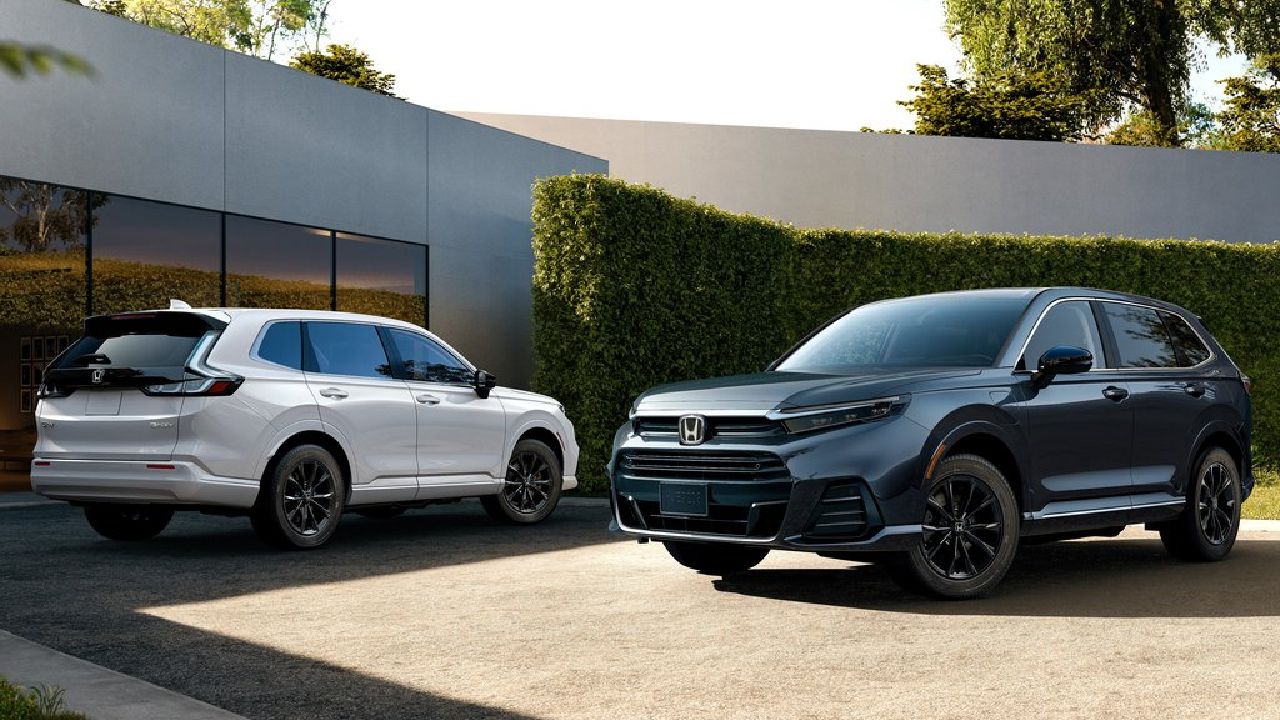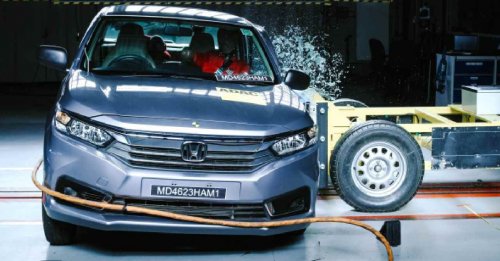
There is no doubt that alternate fuel discussions are still dominated by electric vehicles, but hydrogen fuel-cell-powered vehicles are certainly not going anywhere. In a recent development regarding the same, Honda has globally introduced the new CR-V powered by a hydrogen fuel cell. The Japanese carmaker and General Motors collaborated to develop the 2025 CR-V e:FCEV, which is the first plug-in hydrogen fuel cell electric vehicle available in the United States. By year's end, Californian customers will be able to lease the hydrogen-powered CR-V. The SUV will be constructed in Marysville, Ohio, at Honda's Performance Manufacturing Center.
Commenting on the occasion Mamadou Diallo, Senior Vice President of Auto Sales, at American Honda Motor Co. said, "Leveraging Honda fuel cell technology expertise continues to play a critical role in our global goal to achieve carbon neutrality for all products and corporate activities by 2050. Honda has laid out an electrification strategy leading to 100% zero-emission automobile sales by 2040, including the introduction of both battery-electric and fuel cell electric vehicles like this new CR-V e:FCEV model".
2025 Honda CR-V e:FCEV: Design Elements
With a modified front end, a reworked rear fascia and liftgate, and 18-inch black alloy wheels, the 2025 Honda CR-V e:FCEV draws stylistic cues from the sixth generation CR-V hybrid and turbo variants. To improve aerodynamics, the company fitted a front spoiler, strake, and a complete floor undercover. In addition to having a wheelbase that spans 2,700mm, its dimensions stand at 4,765 mm in length, 1,864mm in width, and 1,691mm in height.
2025 Honda CR-V e:FCEV: Powertrain Options
The 2025 Honda CR-V e:FCEV is a hybrid vehicle that combines a plug-in battery system with a hydrogen fuel cell setup. It is equipped with a single front-mounted electric motor that belts out 174bhp of maximum power and 310Nm of peak torque, a 17.7kWh battery pack, and a fuel cell module with a 92.2kW power output. A maximum stated range of 434-kilometre and a 47-kilometre EV-only range may be achieved with this configuration. Furthermore, a total of four driving modes—Normal, Eco, Sport, and Snow—are available for the CR-V e:FCEV from the manufacturer. The deliveries for the model are expected to commence later this year.
2025 Honda CR-V e:FCEV: Interior Details
As you move inside the cabin, you will see that the dashboard creates a visually appealing metal honeycomb mesh that effectively hides the air conditioning vents. The fuel cell-powered CR-V, which is only available in a single fully loaded Touring trim, has features like a 10.3-inch digital instrument console, a 9-inch touchscreen central infotainment system, wireless Apple CarPlay and Android Auto connectivity, and wireless phone charging, among other amenities.
On top of that, there are parking sensors, heated front seats, an electronic tailgate, a 12-speaker Bose premium audio system, a heated steering wheel, power-adjustable front seats, dual-zone climate control, a motorised tailgate, and eco-friendly materials including bio-based leather for the seat upholstery. Due to the scarcity of hydrogen refuelling facilities in states like California, the new Honda model maintains the same proportions as the 2024 gas-powered CR-V. It is equipped with connectivity capabilities like HondaLink.
2025 Honda CR-V e:FCEV: Hardware
The CR-V e:FCEV receives minor hardware updates along with a new drivetrain. To maximise responsiveness while ensuring a smooth ride, the MacPherson strut front suspension and multilink rear suspension have been completely retuned with specific springs, amplitude-sensitive dampers, and stabiliser bars front and rear. For example, the rear lateral rigidity has increased by 10 per cent, and the rear torsional rigidity has improved by 9 per cent.
Honda is not a novice in the hydrogen industry. It was one of the few innovators in this field, having used the FCX fuel cell electric vehicle to tap into the potential of hydrogen in the year 2002. As the automotive sector makes significant progress toward reaching its net-zero goals, hydrogen is being supported to propel the sector forward with zero-emission automobiles.

























Write your Comment